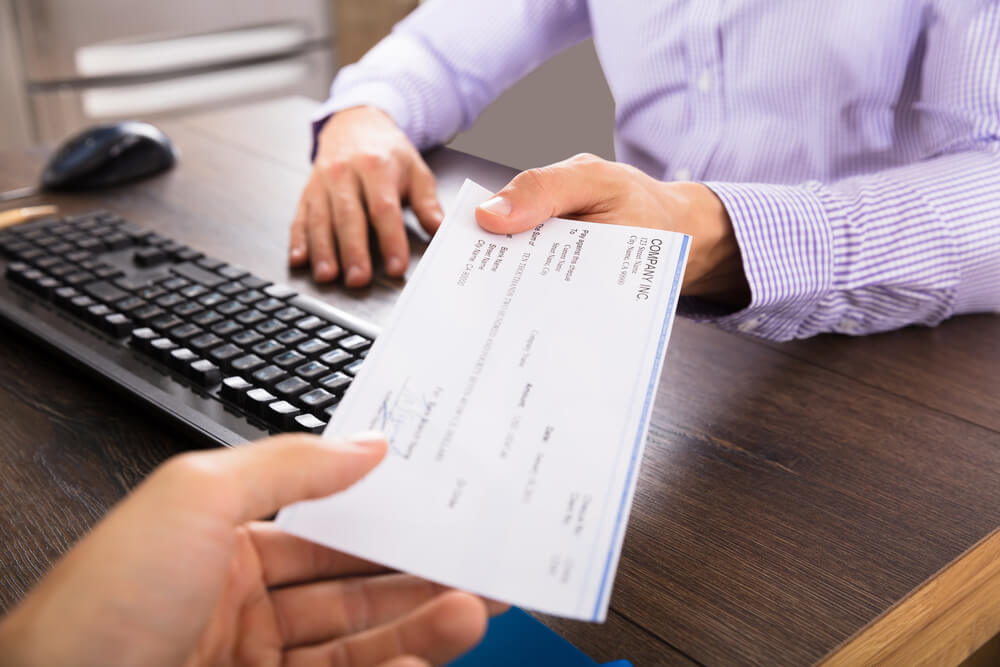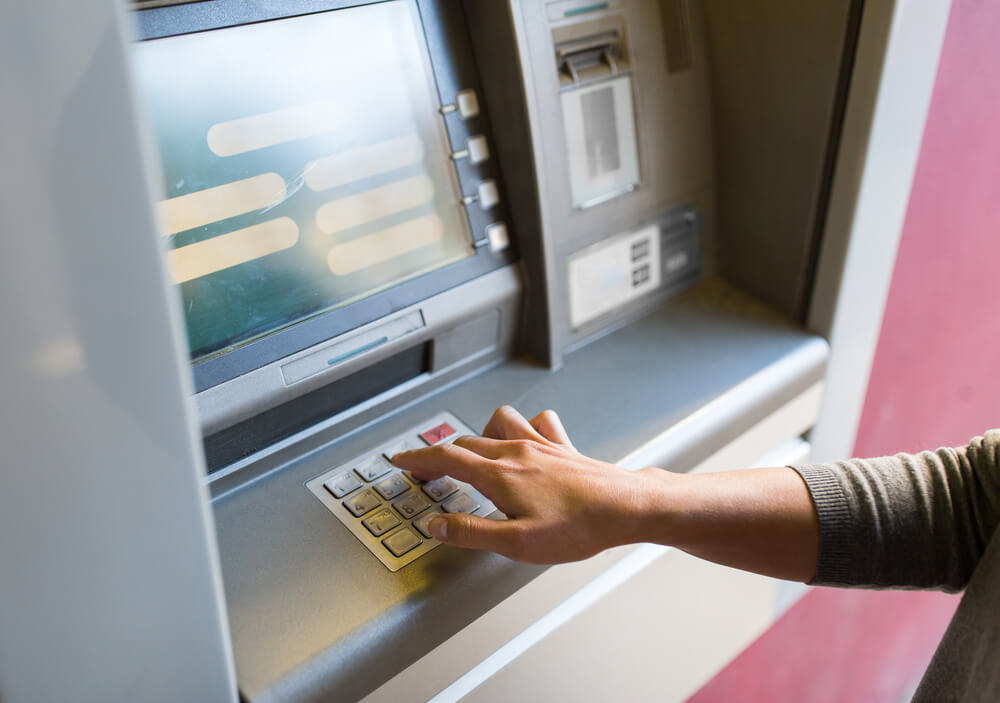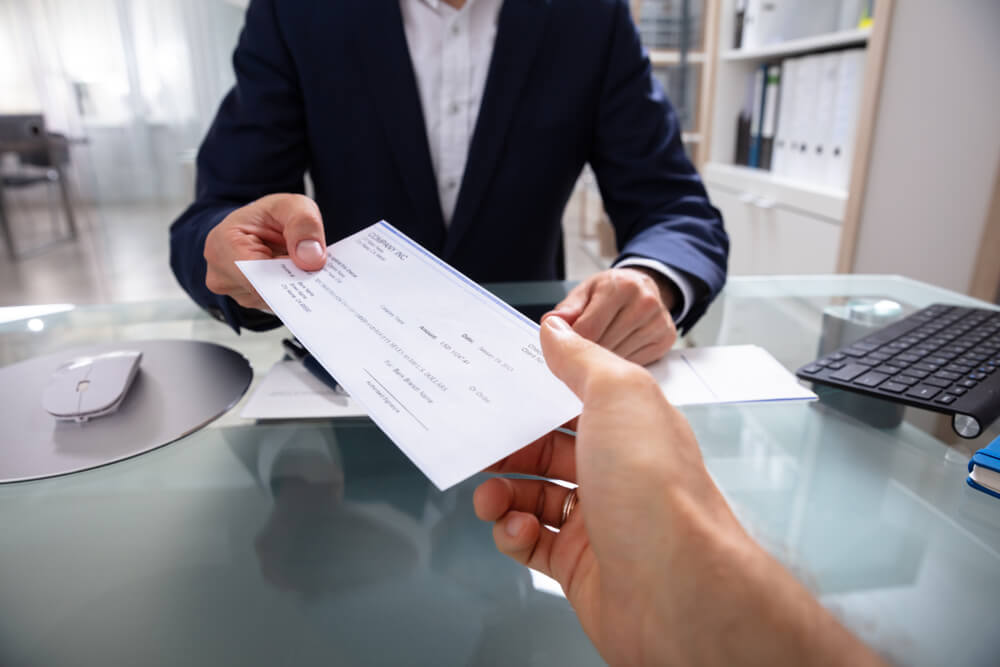Having available checks from your bank gives you a lot of flexibility when paying on account. You pay for whatever you want in order to get the goods on the same day and write the clearing date that’s suitable for you. It’s that easy.
However, what happens when you want to sign a check to someone other than yourself? Is this even possible? Even if it is, how would one go about doing it? To answer those questions as well as a couple of other ones related to signing checks over to others, keep reading.
Is It Possible to Sign a Check to Someone Else?
The Federal Reserve mainly regulates the central banking system in the US. Most bank branches share the same major policies, but there are exceptions. That’s why the requirements for getting a loan in one bank isn’t entirely the same as in the next one. You can get a surprisingly low-interest rate on a loan if you know where to look.
The same principle is with writing checks to someone else. In one bank, it’s acceptable, in another – not entirely. In some banks, you’ll just have to go over a couple more security steps – you’ll need the ID of both parties, sign some papers, etc. And although it can be tricky or time-consuming, you’ll get the job done.
The bottom line is that it’s entirely possible to sign a check over to someone else. However, it’s best to call your bank, explain your situation, and see what your options are. Some banks have a strict policy regarding signing a check over to another party, and won’t cash it. Because it’s not a cashier’s check and the bank doesn’t deposit the amount to their account, the payee will have to agree they guarantee that you actually have money on your account. So how to sign a check over to someone else, and what’s the procedure?

How to Sign Over a Check
Now that you know that it is entirely possible, you’re wondering about the procedure. Well, the good news is that it’s not as complicated as you might think. The only problem is that you have to check with the bank if they’ll cash it before signing it. Once you get that sorted out, you can fill the check as follows:
- Write the amount you want the third party to cash out
- Turn the backside of the check
- Write “pay to” and the name of the payee
- Finish with your signature
The only thing that remains is to send the endorsed check to the payee. Once they receive it, they’ll be able to go to your bank and cash the check. Depending on the bank’s policy, they’ll have to present their government-issued identification papers (ID, driver’s license, passport, etc.), thumbprint, or go through other security measures before cashing the check.
The alternative is that they deposit the money to their account instead of cashing it right on the spot. This way, if the check bounces, the bank will simply freeze the amount until the matter is resolved. When the payee cashes it and the check bounces, they’ll have to notify both you and the third party that the amount will be deducted. So it’s safer for them to deposit the money on an account than to cash it. That’s why so many banks simply won’t allow cashing an endorsed check.
Different Policies in Banks
As mentioned before, not all banks have the same policy regarding check endorsement. Although your bank may tell you that you can indeed endorse a check to someone, that doesn’t mean that the recipient’s bank will allow them to cash it. That is why it’s best to call both your and the recipient’s bank and make sure that they approve endorsing checks. Even better, talk to a bank employee in person and find all the information you need.
Cashing at the ATMs
No matter what the amount that you want your endorsed check to bear, there’s one thing you should never do. That is, of course, to cash it on an ATM machine. When you send the check to the payee, make sure to give them a call and remind them not to cash it on an ATM. Either that or add a memo to the letter.
The fact is that you can cash a check on an ATM. However, this option is only available for regular checks. Because everything is automated, and the ATM recognizes only the most common types of a check. And the endorsed check isn’t one of them.
But what can happen if you try to cash an endorsed check on an ATM? You’ll be able to insert the check in the ATM, select the option to cash it, and that’s about it. The ATM will either display an error, and you’ll have to call the bank to get the check back.
The other scenario is that it won’t clear. This can create additional problems on both ends. You’ll have to contact the bank to explain the situation, sign a bunch of papers, have the third party present, etc. And who would want to waste time on that? The best thing you can do is avoid cashing endorsed checks on ATM machines.
Again, you can call the bank or talk to the bank’s employee in person and ask about your options when cashing out an endorsed check. In most cases, they’ll tell you that it’s feasible but will advise you to avoid it if possible.

Take Your Time When Signing a Check
You’ll want to write the payee’s name, the amount, and other info on the line (not above, or below it) with clean and readable writing. Otherwise, the payee won’t be able to cash it. If the teller in the bank notices you’ve written bellow “pay in order to” line or any other, they can choose not to cash it.
And that can obviously create additional problems. Not only that, you’ll have to write a new check, but also mail it to the payee again. Also, if you don’t have any, you’ll have to go to the bank to get more checks. It goes without saying that you can’t get an unlimited number of checks from your bank. The whole point of endorsing a check to someone is that it’s a quick and efficient way to transfer money. Also, it’s a great option if you want to send money to a payee that doesn’t have a bank account.
Don’t try to cash an endorsed check on an ATM. And lastly, call both your and payee’s bank to check if they accept endorsed checks. We can’t stress how important this is. If you want to find more options on sending, signing, receiving and check writing and mailing services, be sure to visit checkissuing.net.
